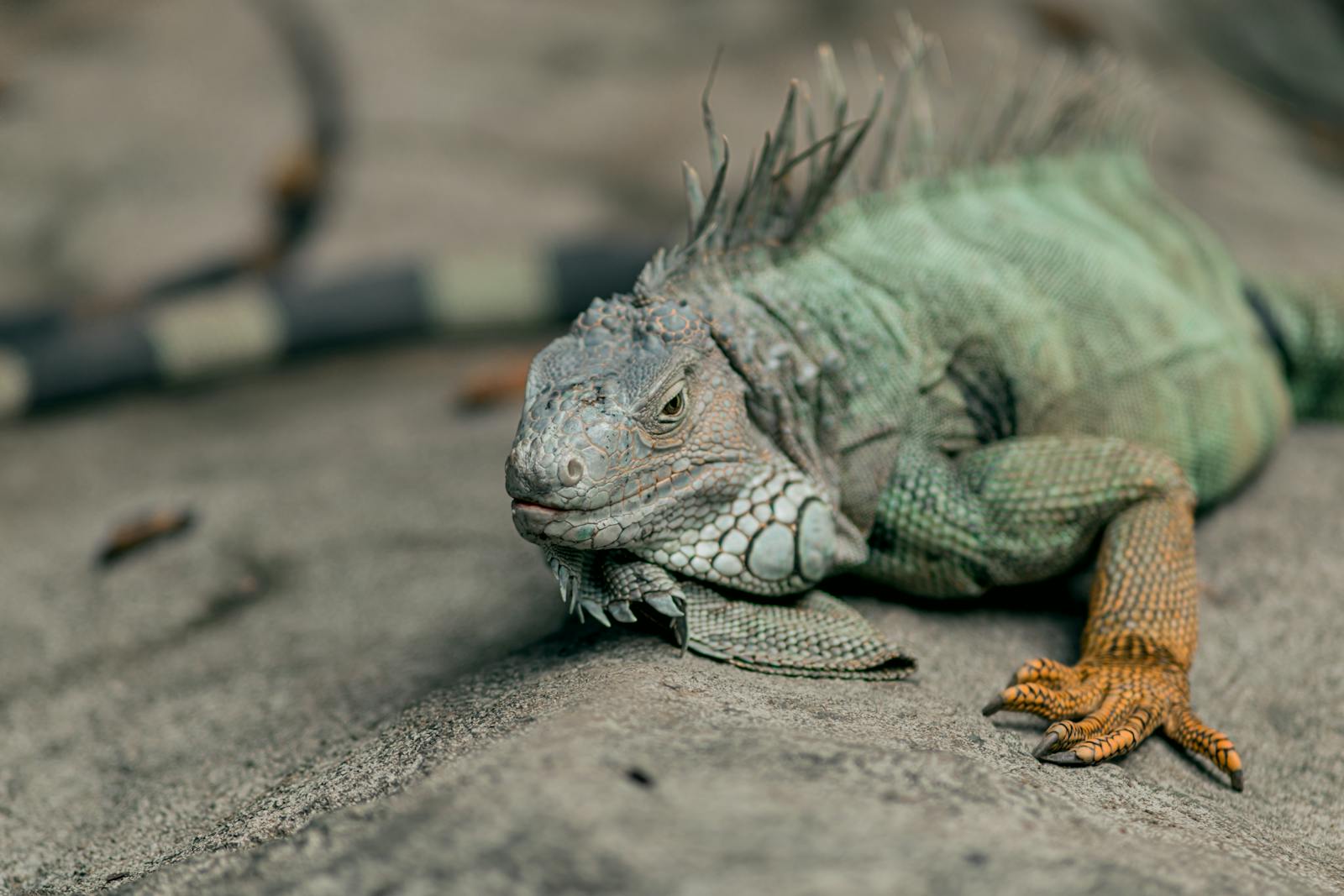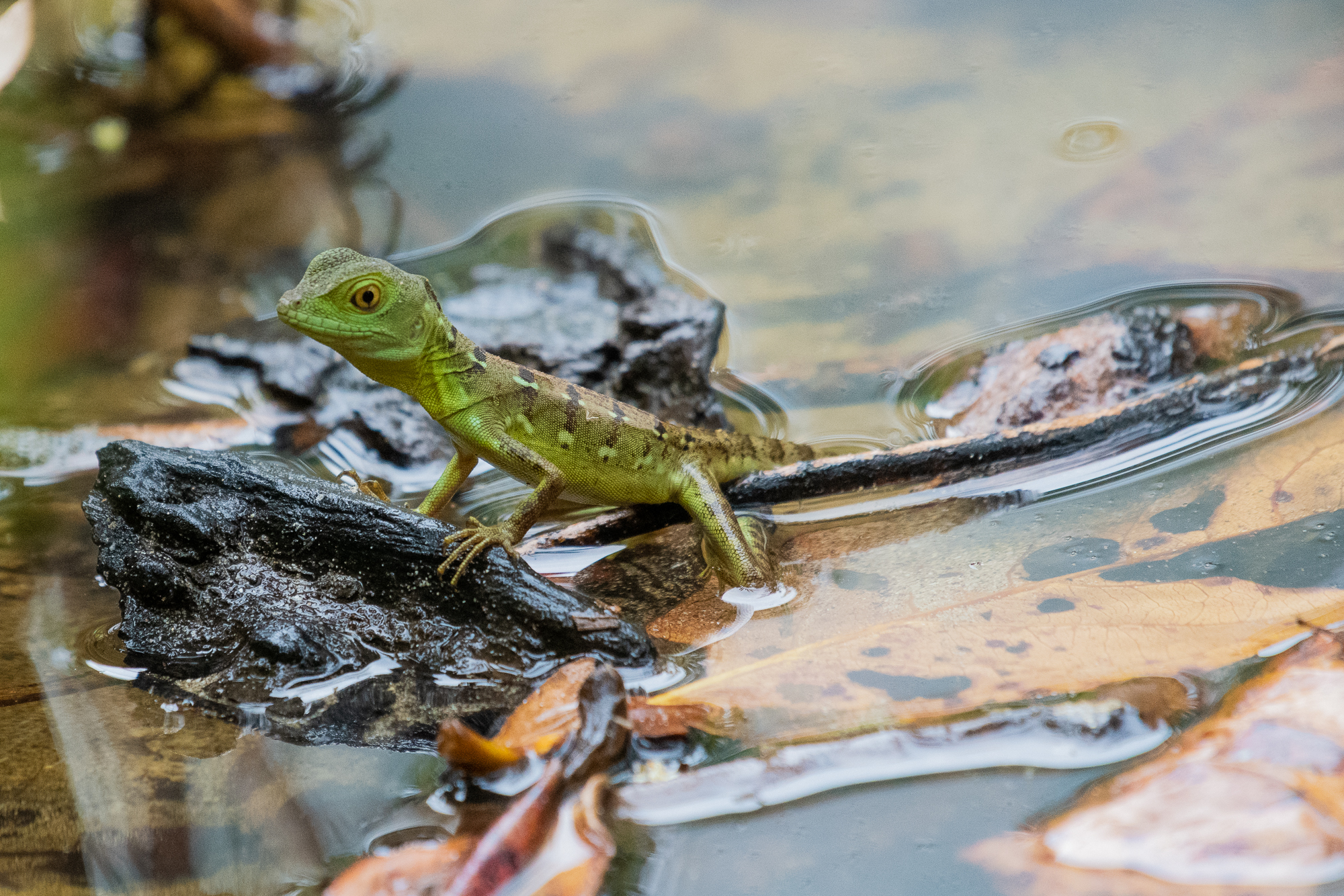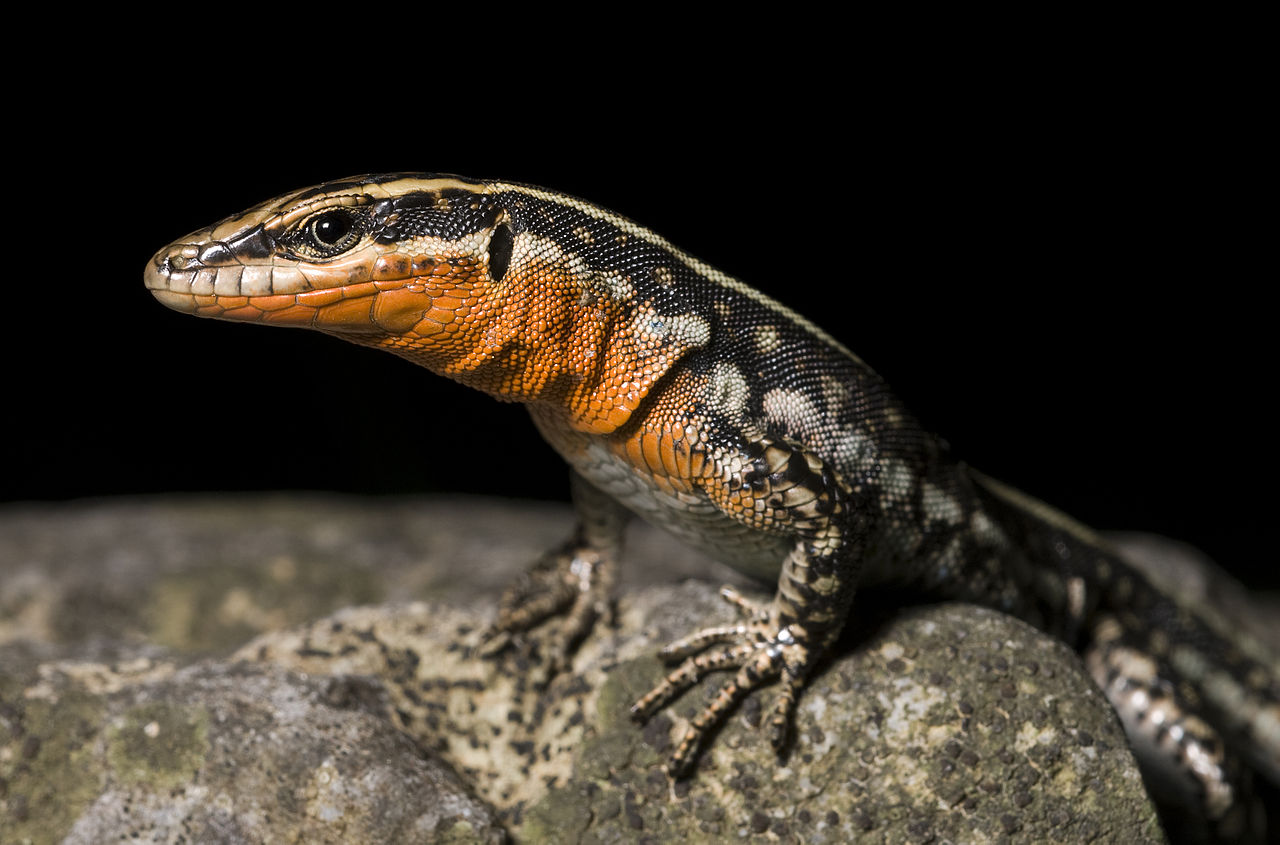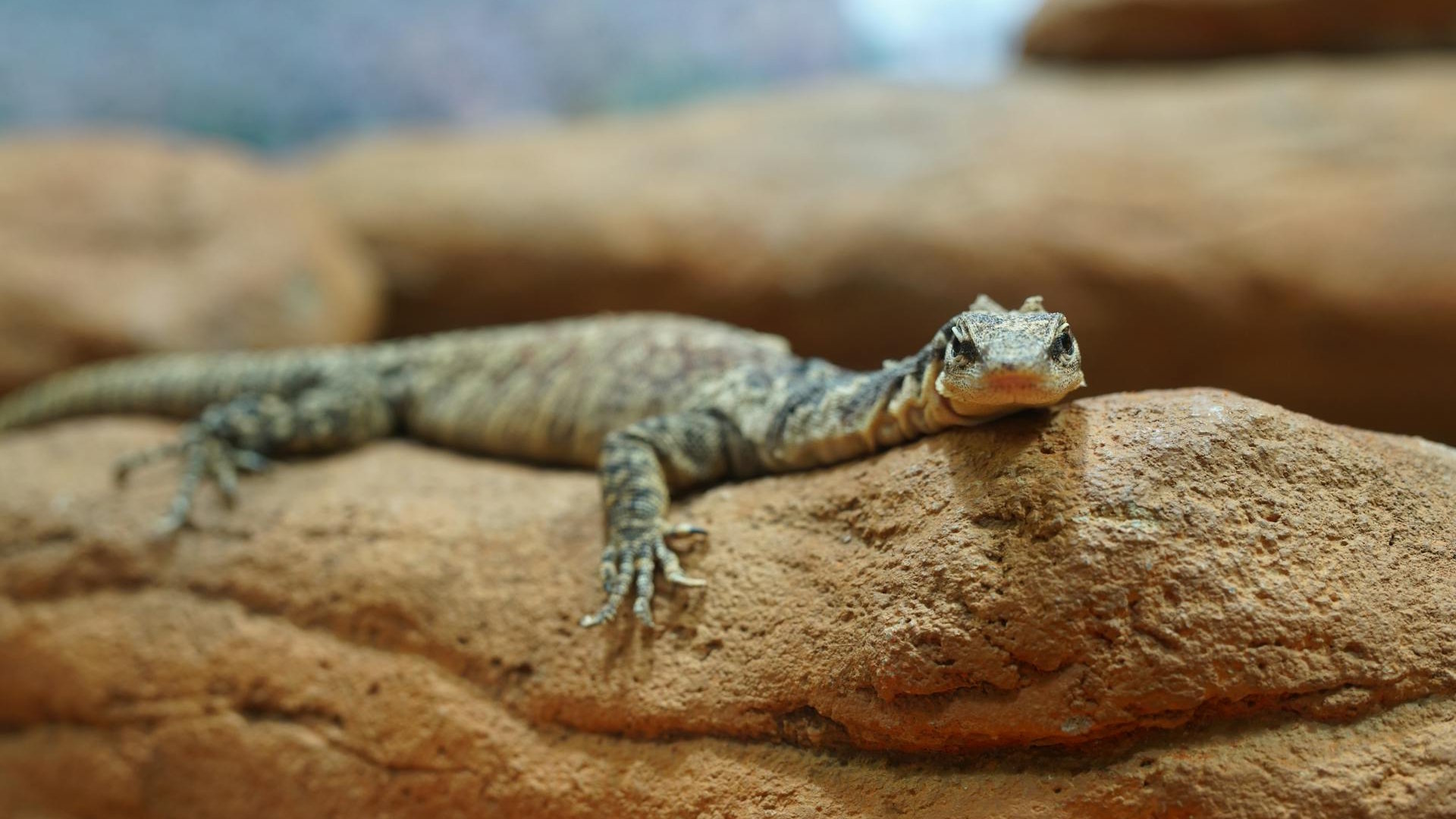Breeding lizards in captivity is a rewarding endeavor that allows enthusiasts to witness the miracle of life while potentially contributing to conservation efforts for certain species. Whether you’re a hobbyist looking to expand your collection or a dedicated herpetologist working with rare species, successful lizard breeding requires careful planning, specific environmental conditions, and a thorough understanding of your species’ natural reproductive behaviors. This comprehensive guide explores the essential techniques, considerations, and expert recommendations for successfully breeding various lizard species in captivity, from common beginner-friendly geckos to more specialized monitor lizards and chameleons.
Understanding Lizard Reproduction Basics

Before attempting to breed any lizard species, it’s essential to understand their reproductive biology. Most lizards are oviparous (egg-laying), though some species like blue-tongued skinks are viviparous (live-bearing). Breeding season typically correlates with environmental cues including temperature, lighting cycles, and sometimes rainfall patterns. Sexual dimorphism—physical differences between males and females—varies dramatically between species, with some displaying obvious differences in size, coloration, or physical features like femoral pores or hemipenal bulges, while others show minimal external differences. A thorough understanding of your specific species’ reproductive cycle, mating behaviors, and sexual maturity timeline is crucial before attempting any breeding program.
Selecting Healthy Breeding Stock

The foundation of any successful breeding program begins with selecting appropriate breeding stock. Choose specimens that are sexually mature, display excellent body condition, and show no signs of health issues, parasites, or genetic abnormalities. Avoid breeding closely related individuals to prevent genetic problems in offspring. Ideal breeding candidates should be well-established in their environments, maintain healthy weights, and demonstrate normal behaviors for their species. For many lizard species, females must have adequate calcium reserves to produce eggs, so ensure breeding females have been maintained on proper diets with appropriate supplementation for at least several months before breeding attempts.
Creating Optimal Housing Conditions

Successful lizard breeding often requires spacious housing that allows for natural courtship behaviors. Enclosures should be large enough for pairs or breeding groups to maintain territories while providing multiple basking spots, hiding areas, and vertical space for arboreal species. Substrate depth is particularly important for egg-laying species, which may need 4-12 inches of appropriate laying material. Environmental parameters including temperature, humidity, and lighting must precisely match the species’ natural habitat requirements. For many species, breeding occurs after environmental cycling, so housing should allow for the controlled manipulation of these parameters to stimulate breeding behaviors.
Implementing Temperature Cycling
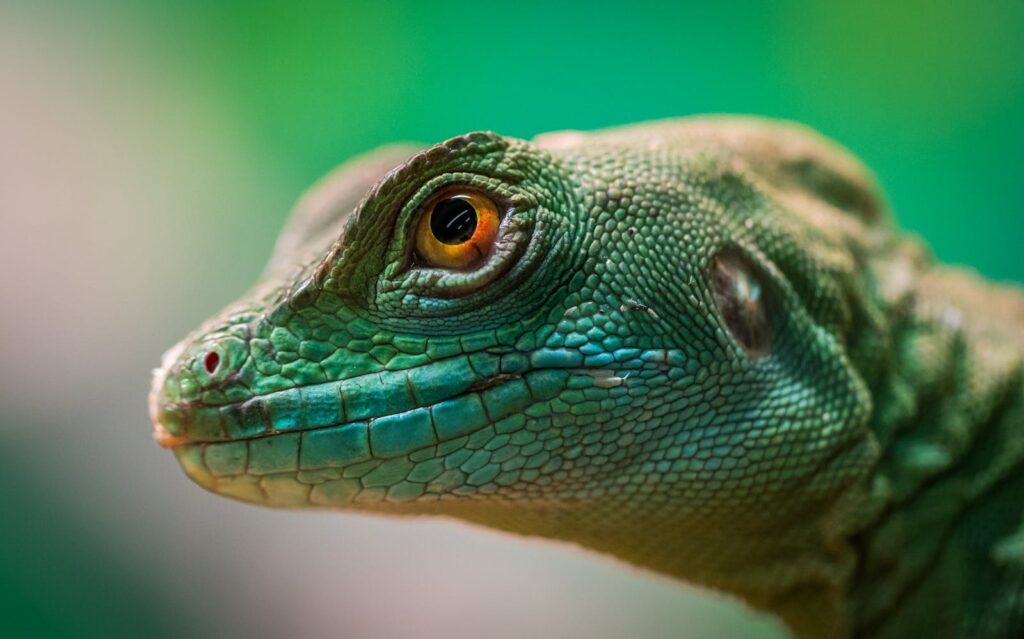
Temperature cycling is perhaps the most critical environmental factor in triggering reproductive behaviors in most lizard species. This process mimics seasonal changes that occur in the wild, signaling to the animals that breeding season has arrived. For temperate species like bearded dragons, a cooling period (brumation) of 8-12 weeks with temperatures dropped by 5-10°F from normal and reduced lighting hours is often necessary before breeding. Tropical species may require more subtle temperature fluctuations, often combined with changes in humidity and photoperiod. During post-brumation warming, gradually increase temperatures over 2-3 weeks until optimal breeding temperatures are reached, which triggers hormonal changes that prepare the lizards for reproduction.
Managing Lighting and Photoperiod
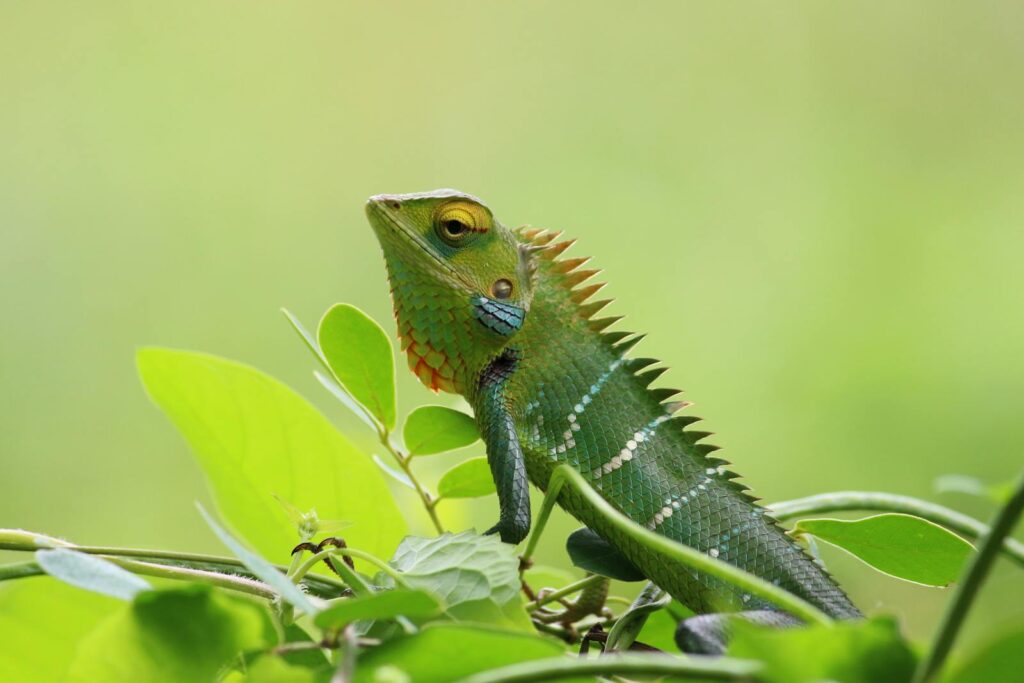
Light cycles play a crucial role in stimulating breeding behavior for most lizard species. Many breeders implement a seasonal photoperiod adjustment, gradually increasing or decreasing daylight hours to simulate natural seasonal changes. For most species, breeding is triggered when daylight hours are increasing, typically simulating spring conditions. UVB lighting is essential not only for general health but particularly for breeding females who need adequate vitamin D3 synthesis to mobilize calcium for egg production. Quality full-spectrum lighting with proper UVB output should be provided for 10-14 hours daily during breeding season, depending on the species’ natural habitat. Some species may also benefit from access to unfiltered natural sunlight when temperatures permit, as this provides a full spectrum of light that artificial sources cannot completely replicate.
Optimizing Nutrition for Breeding Success

Proper nutrition becomes even more critical during the breeding season, particularly for females who will be investing significant bodily resources in egg production. Increase feeding frequency and food variety for both males and females at least 4-6 weeks before intended breeding. Female lizards require additional calcium supplementation (often 3-4 times weekly) to prevent metabolic bone disease resulting from egg production. High-quality protein sources are essential, which may include gut-loaded insects, pinky mice for larger species, or commercial diets formulated for breeding reptiles. Some herbivorous species benefit from increased access to calcium-rich greens like collard greens, dandelion greens, and bok choy. The breeding diet should be the highest quality offered throughout the year, as nutritional deficiencies can quickly lead to failed breeding attempts or health complications.
Introducing Breeding Pairs
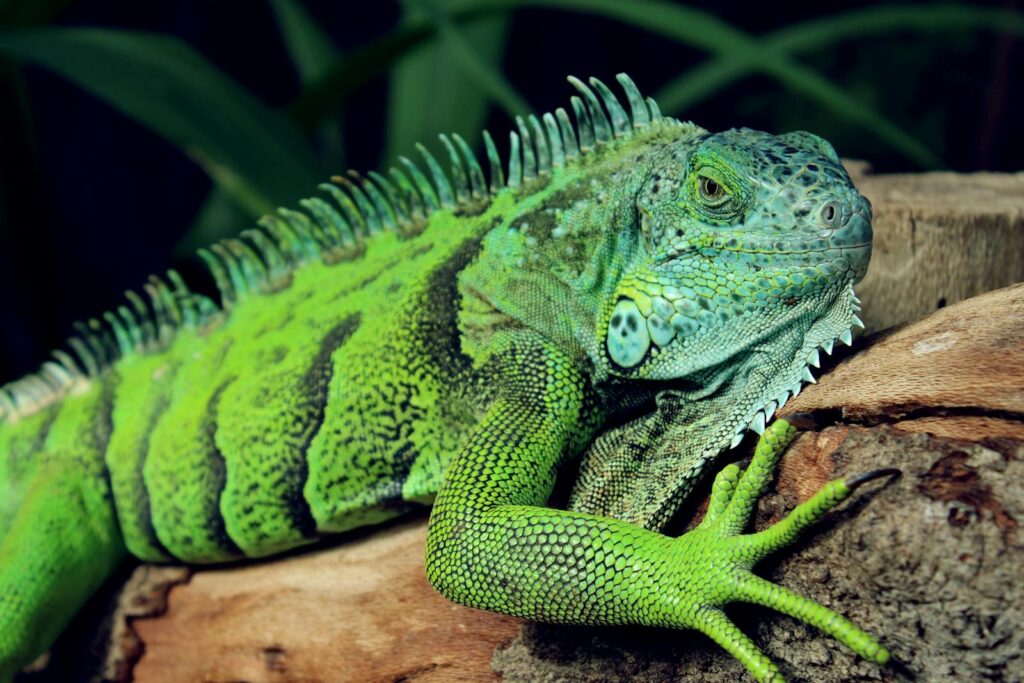
The introduction of breeding pairs must be carefully managed to prevent aggression and stress. For most species, females should be introduced to the male’s territory rather than vice versa, as this reduces territorial aggression. Always monitor initial interactions closely, as some male lizards can be aggressive toward females, particularly with species that have combative courtship behaviors. In colonial breeding species, multiple females may be housed with a single male, but ensure the enclosure is large enough to prevent stress and competition. For highly territorial species like chameleons or monitors, visual barriers within the enclosure can provide necessary escape routes and reduce stress during courtship. If aggression persists beyond normal courtship behaviors, immediately separate the animals and reconsider your breeding strategy.
Recognizing Courtship and Mating Behaviors
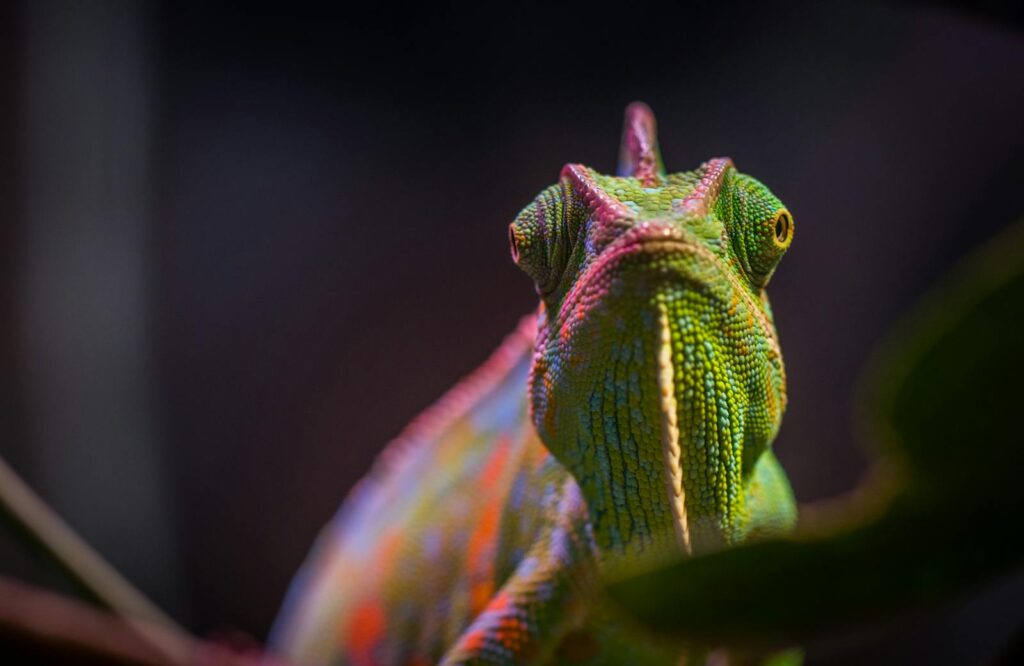
Lizard courtship behaviors vary dramatically between species but often include specific head bobbing patterns, color changes, posturing, and physical displays. Male bearded dragons, for example, may darken their beards and bob their heads rapidly while circling females, while male crested geckos may emit distinctive vocalizations. Actual mating typically involves the male grasping the female’s neck or shoulder area with his mouth, followed by the positioning of their cloacas for sperm transfer. This process can appear rough in some species but is normal reproductive behavior. Most lizard species will mate multiple times over several days or weeks, which increases the likelihood of successful fertilization. After successful mating, females of many species will develop a noticeably fuller abdomen as follicles develop, though this varies by species.
Providing Proper Egg-Laying Sites
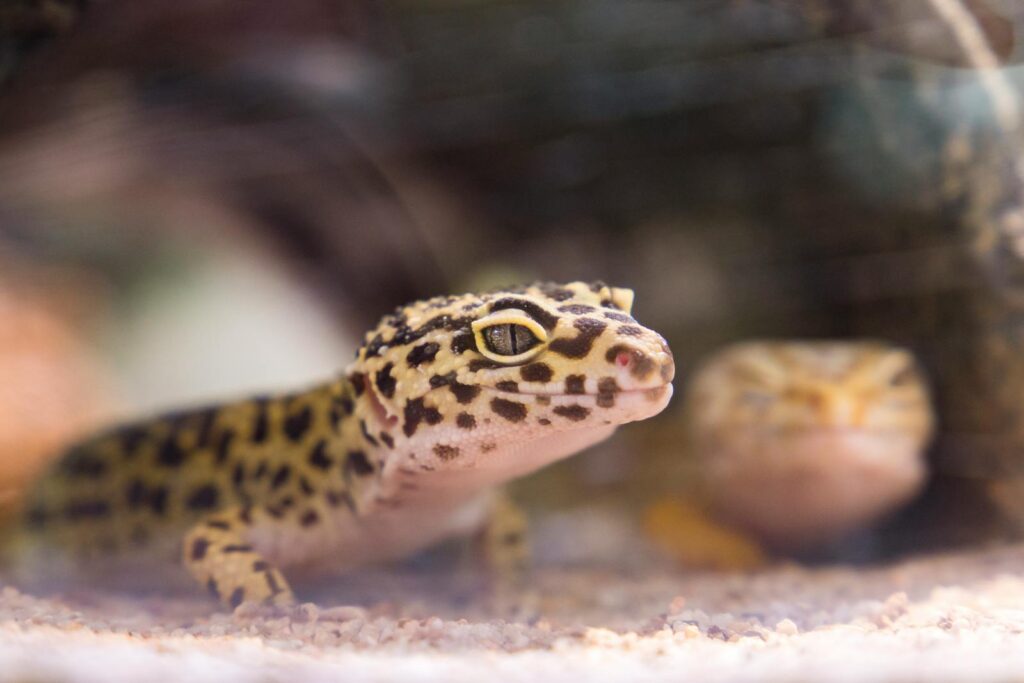
For oviparous (egg-laying) species, providing an appropriate egg-laying site is crucial for successful reproduction. A nesting box or designated area with 4-12 inches of suitable substrate should be offered when females show signs of being gravid. Popular egg-laying substrates include vermiculite, perlite, coconut fiber, or moistened sand, depending on the species’ natural nesting preferences. The nesting area should maintain proper humidity levels—typically 70-85% for most species—and offer privacy with minimal disturbances. Some species, like leopard geckos, prefer enclosed nesting boxes, while others like iguanas may need large, open areas of substrate for digging extensive nest chambers. Gravid females may become restless, dig test holes, or refuse food as laying time approaches, signals that indicate the nesting area should be readily accessible.
Egg Collection and Incubation Techniques
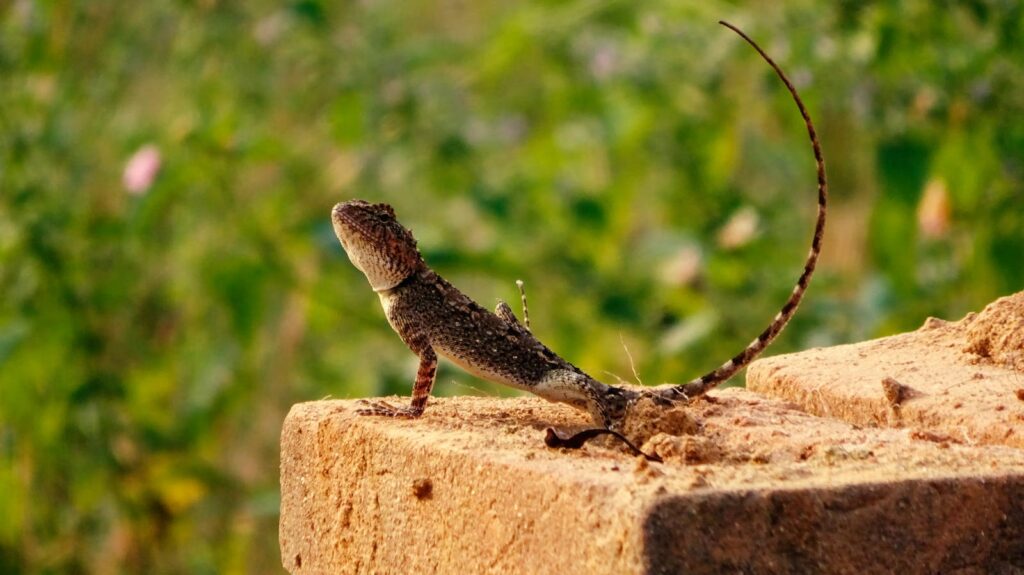
Once eggs are laid, they should be carefully collected for artificial incubation to maximize hatching success. When collecting eggs, maintain their original orientation (don’t flip or rotate them), as this can disrupt developing embryos in many species. Eggs should be gently placed in an appropriate incubation medium, often a 1:1 ratio of vermiculite to water by weight, providing enough moisture without being wet. Different species require specific incubation temperatures and humidity levels, so research your species’ requirements thoroughly. For many species like leopard geckos, temperature-dependent sex determination means that incubation temperatures will influence the sex ratio of hatchlings. Professional incubators with precise temperature control are highly recommended for serious breeding projects, as temperature fluctuations can lead to developmental abnormalities or embryo death.
Managing Live-Bearing Species

Viviparous (live-bearing) lizards like blue-tongued skinks, certain species of chameleons, and some geckos require different management during gestation. After confirmed mating, gravid females need exceptionally high-quality nutrition and additional calcium supplementation to support developing young. Environmental stress should be minimized during gestation, with stable temperatures and minimal handling. Provide multiple secure hiding spots and maintain optimal humidity levels throughout pregnancy. As birthing approaches, females may refuse food and seek isolated areas, at which point a separate birthing enclosure with appropriate substrate and hiding areas should be provided. Unlike egg-laying species, the birth process happens relatively quickly, with females producing anywhere from a few to dozens of fully-formed young depending on the species.
Caring for Hatchlings and Neonates
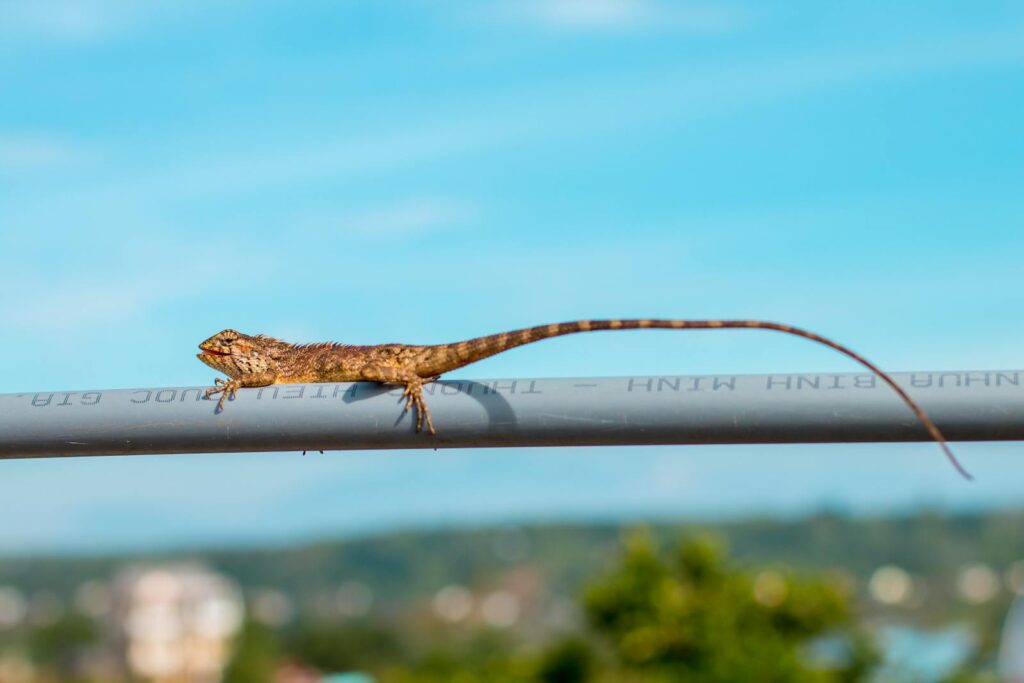
Once eggs hatch or young are born, they require specialized care distinct from adult husbandry practices. Hatchling enclosures should be appropriately sized—not too large to cause stress but adequate for movement and thermoregulation. For most species, housing hatchlings individually prevents competition and allows for monitoring of individual feeding and growth. Substrate should be simple and digestible, as young lizards are prone to impaction from loose substrates. Feeding schedules are typically more frequent than adults, with appropriately sized prey items offered daily for most insectivorous species. Specialized juvenile diets with higher protein content and more frequent calcium supplementation support rapid growth without developmental issues. Monitoring weight gain and proper development is essential during the first few months, as this period is critical for establishing healthy growth patterns.
Troubleshooting Common Breeding Issues
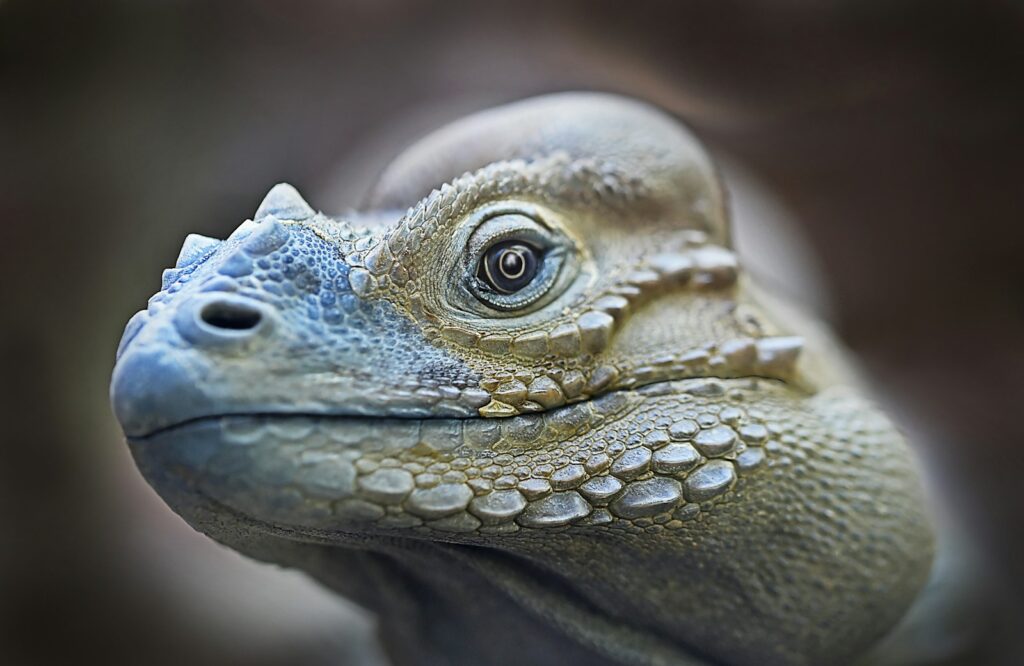
Even experienced breeders encounter obstacles in lizard reproduction. Egg binding (dystocia) is a dangerous condition where females cannot pass eggs, requiring immediate veterinary intervention with calcium supplementation, hormonal treatments, or sometimes surgery. Infertile eggs—often appearing discolored, collapsed, or failing to develop—may result from improper cycling, nutrition deficiencies, or incompatible pairings. Poor hatchling survival might indicate incubation problems, genetic issues, or improper post-hatch care. Unsuccessful breeding attempts despite proper pairing may suggest inadequate environmental cycling, stress factors, or health issues requiring veterinary assessment. Maintaining detailed records of breeding attempts, environmental parameters, and outcomes helps identify patterns and refine techniques for future success.
Ethical Considerations in Captive Breeding
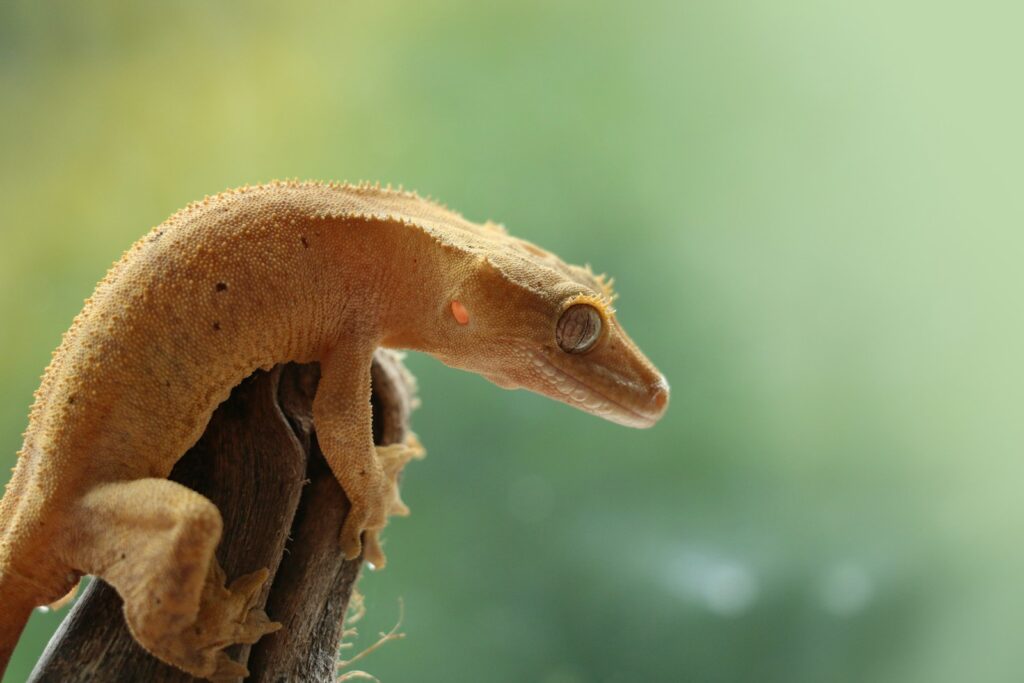
Responsible lizard breeding extends beyond technical proficiency to ethical considerations about the animals produced. Before breeding, ensure you have plans for the offspring, whether that means having buyers lined up, space for maintaining additional animals, or partnerships with reputable retailers or other breeders. Avoid breeding rare or endangered species without proper permits and conservation program participation. Consider genetic diversity in captive populations by networking with other breeders to exchange unrelated breeding stock. Focus on breeding for health and proper type rather than extreme morphs that may carry genetic health issues. Responsible breeders also provide comprehensive care information to new owners and remain available for questions and support throughout the animal’s life, ensuring that captive-bred lizards receive appropriate long-term care.
Conclusion
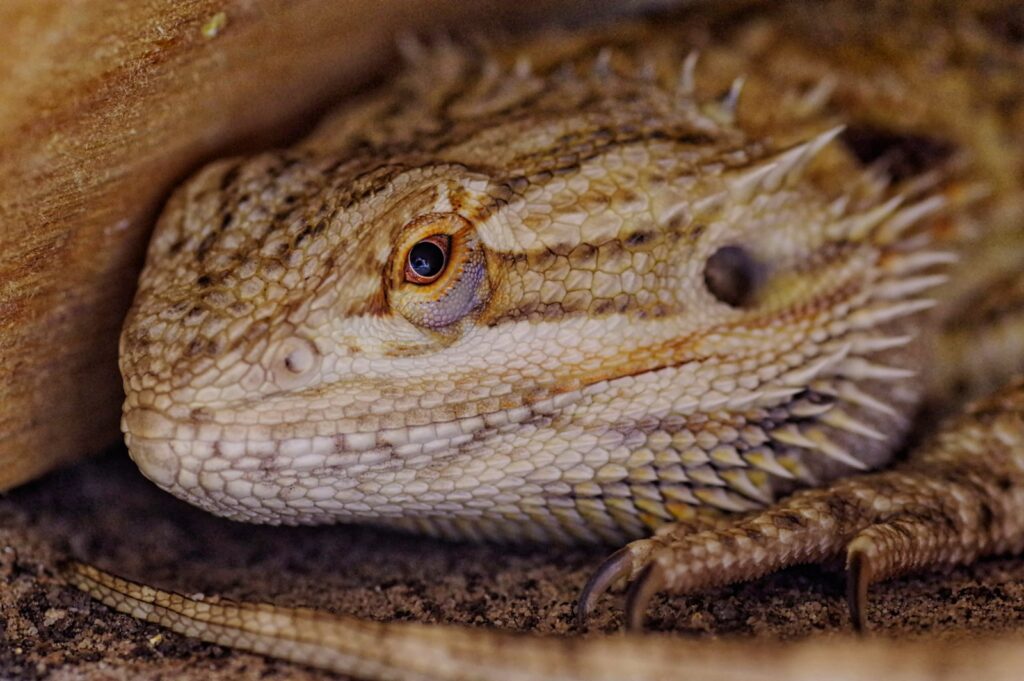
Breeding lizards in captivity represents a significant commitment of time, resources, and expertise, but offers unparalleled rewards for dedicated enthusiasts. Success requires meticulous attention to species-specific requirements, careful management of environmental parameters, and ongoing learning from both successes and failures. Whether you’re breeding common species like leopard geckos or contributing to conservation efforts for threatened species, the principles outlined in this guide provide a foundation for ethical and successful lizard breeding. By approaching breeding with patience, preparation, and respect for the animals’ natural biology, you can experience the satisfaction of successfully producing healthy offspring while potentially contributing to sustainable captive populations for future generations to enjoy.

